The International Phonetic Alphabet (IPA) is an alphabetic system of phonetic notation based primarily on the Latin alphabet. It was devised by the International Phonetic Association as a standardized representation of the sounds of spoken language. The IPA provides a set of symbols to represent the speech sounds, or phonemes, of most languages in the world.
The main purpose of IPA is to accurately and consistently depict the sounds of spoken language, irrespective of the orthography (spelling) of a particular language. Each symbol in the IPA corresponds to a specific sound or group of sounds, allowing linguists, language learners, and phoneticians to describe and analyze the pronunciation of words across different languages.
The IPA covers a wide range of sounds, including vowels, consonants, and various suprasegmental features such as stress and intonation. It provides a comprehensive and standardised way to transcribe spoken language, making it a valuable tool for linguistic research, language teaching, and communication across language barriers.
IPA Pronunciation Chart – Tap to Play Sounds
Click on any phoneme to hear its pronunciation.


/iː/

/ɪ/
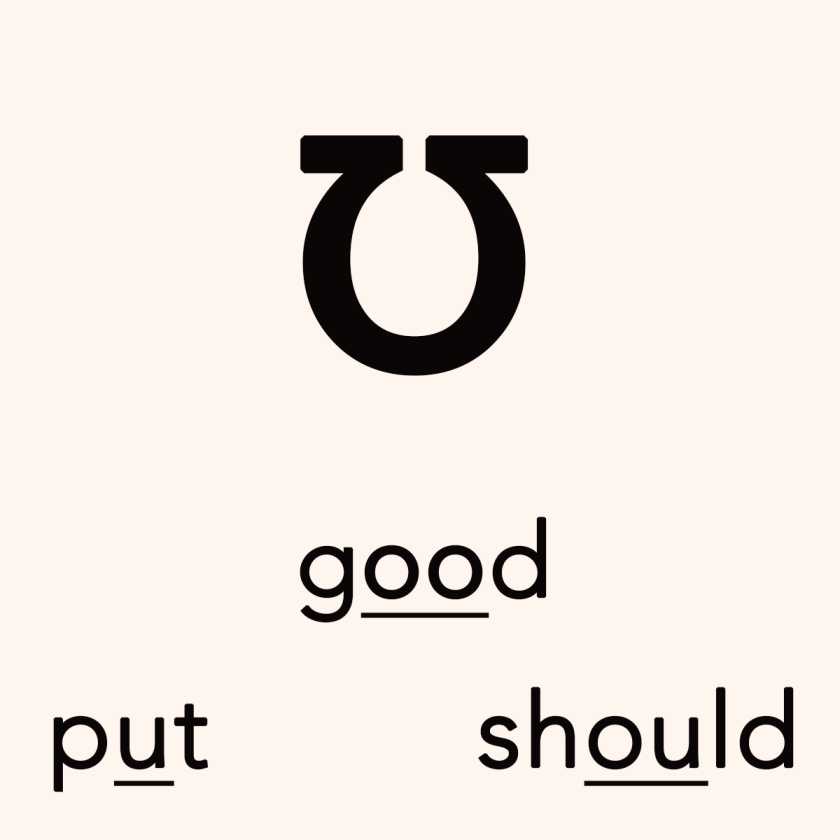
/u/

/u:/
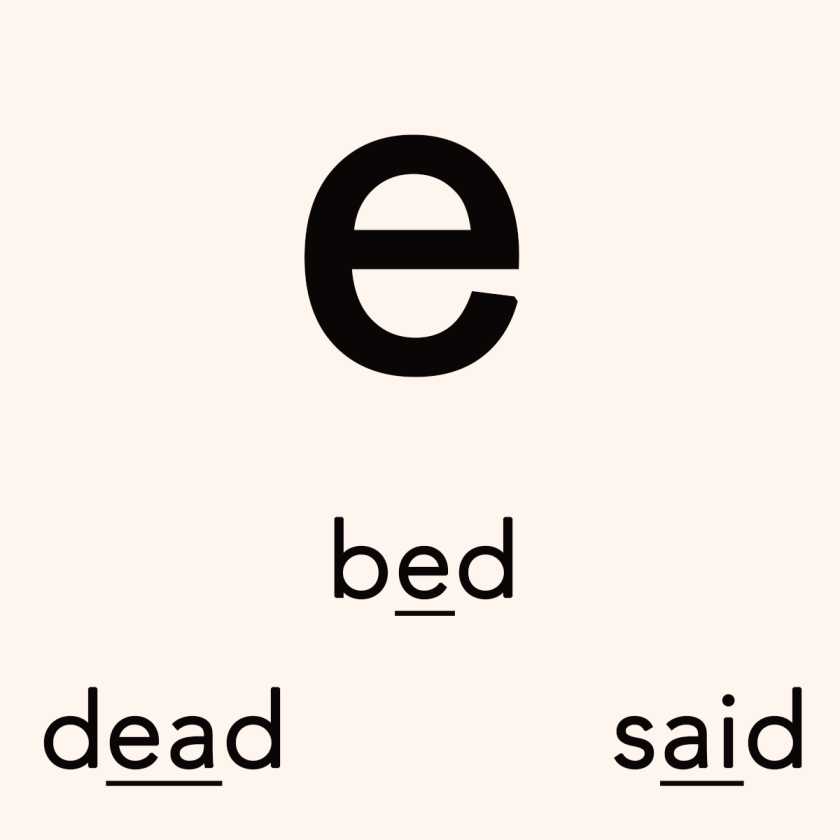
/e/

/e/
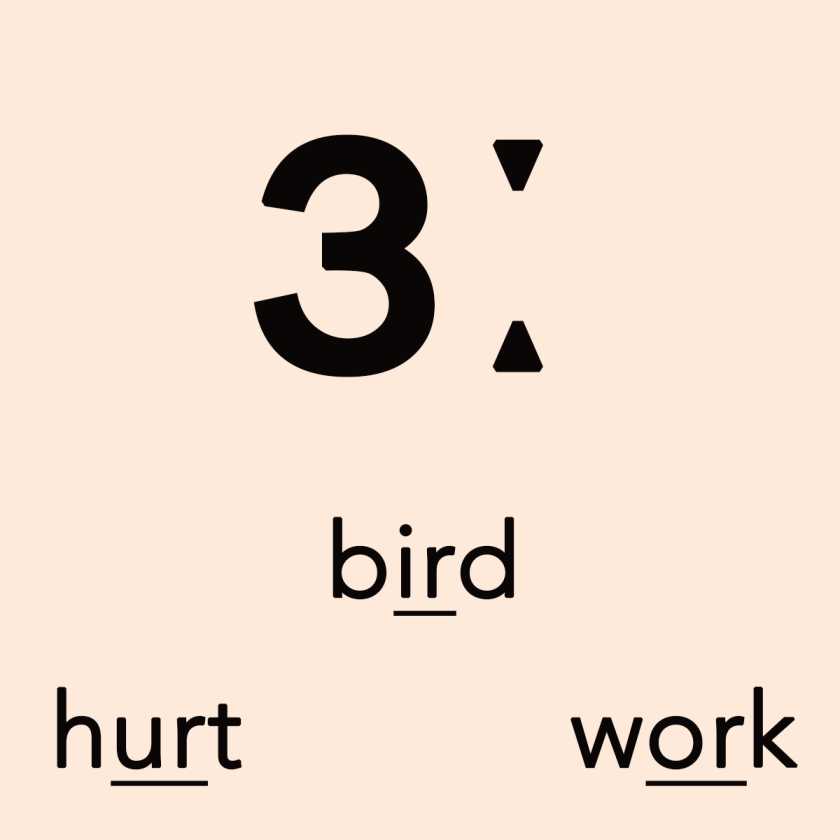
/ir/
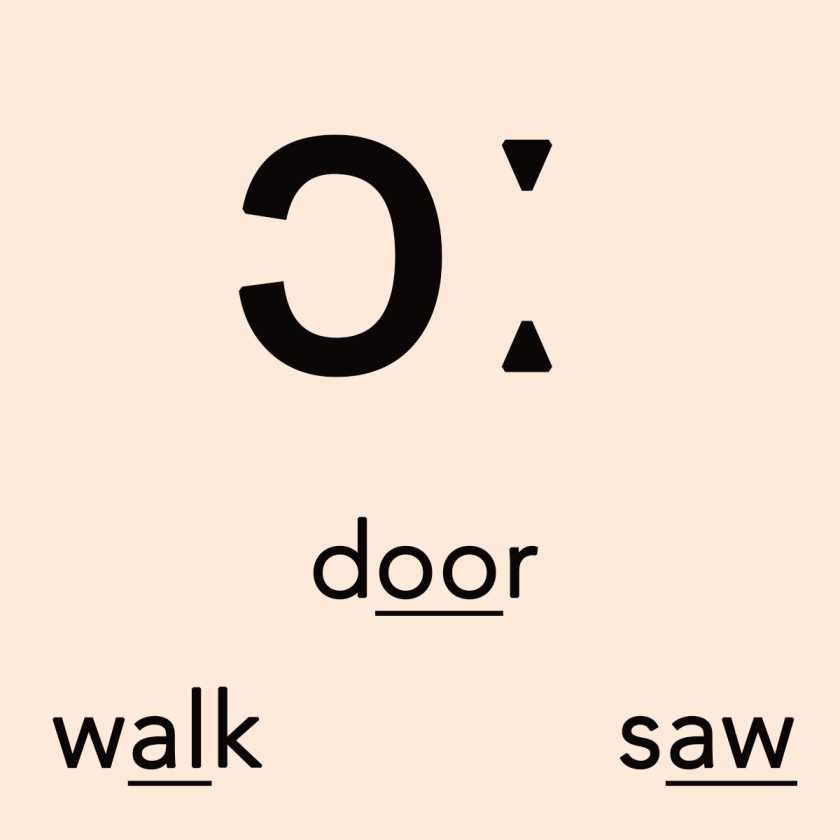
/c:/
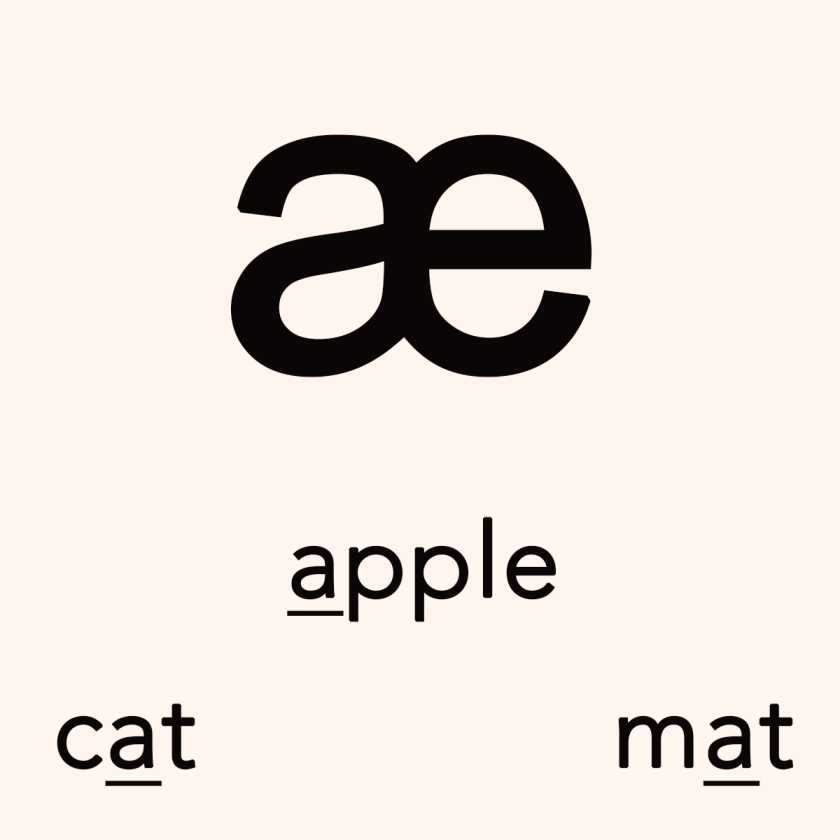
/a/

/up/

/aa/

/o/


/ie/

/ei/
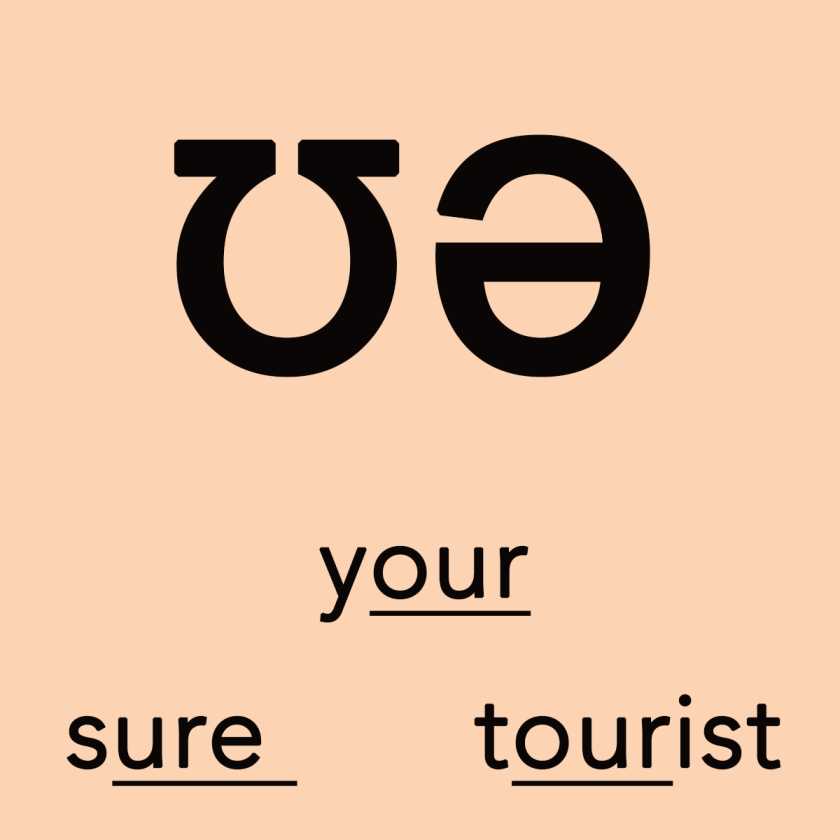
/ue/

/oi/

/eu/

/eə/

/ai/

/au/


/p/

/b/

/t/

/d/

/ch/

/dg/

/k/

/g/
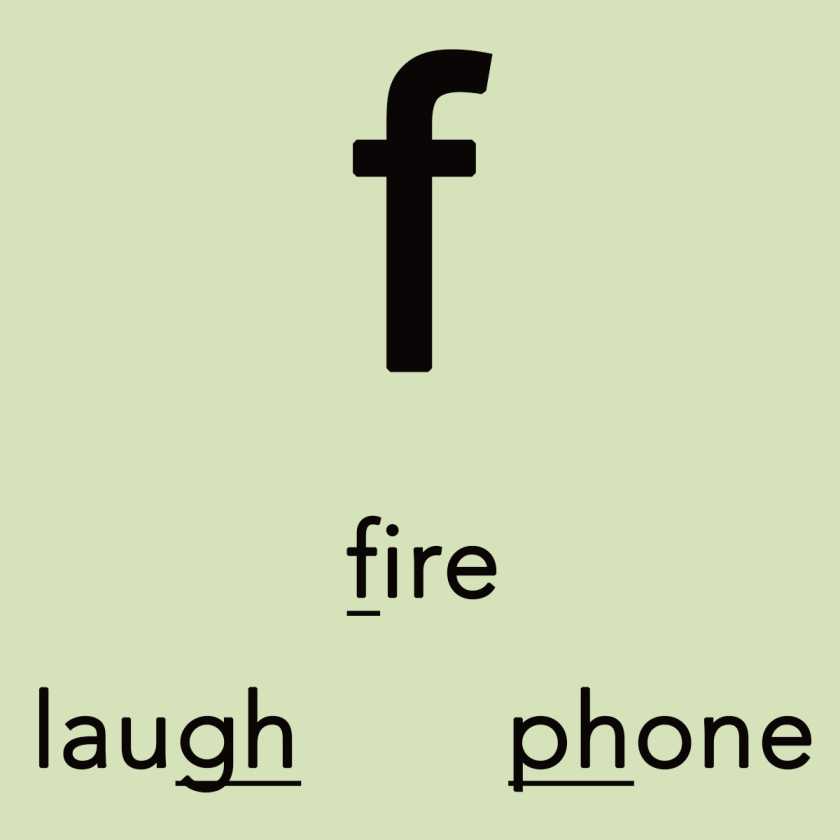
/f/

/v/

/th/

/the/

/s/

/z/

/sh/
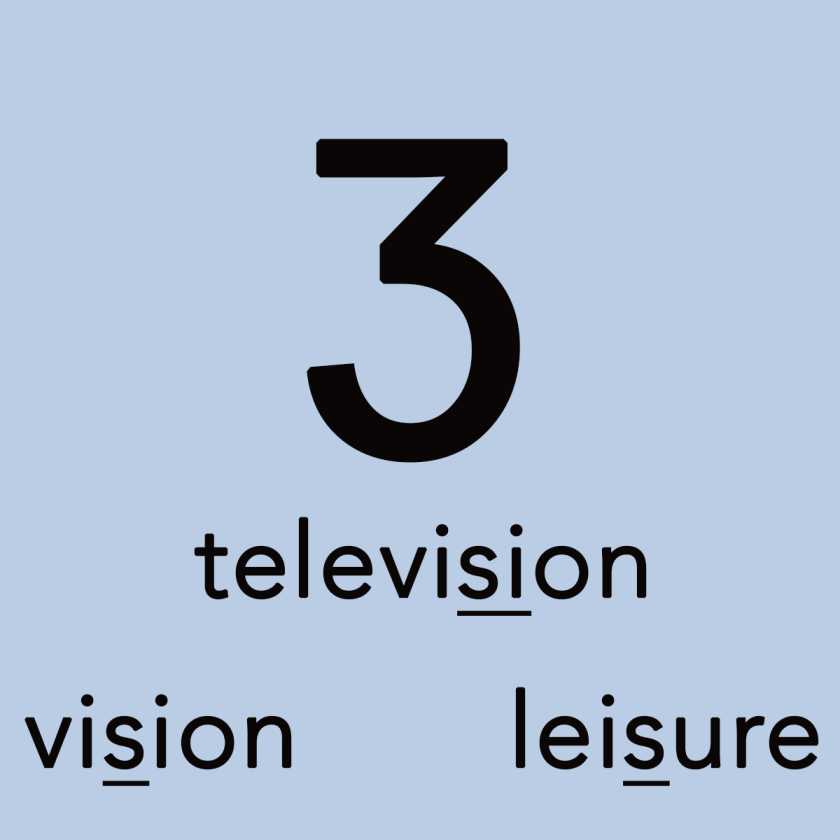
/sha/

/m/

/n/

/ng/

/j/

/l/

/r/

/w/

/h/
Printable IPA Chart – Ready to Download & practice!
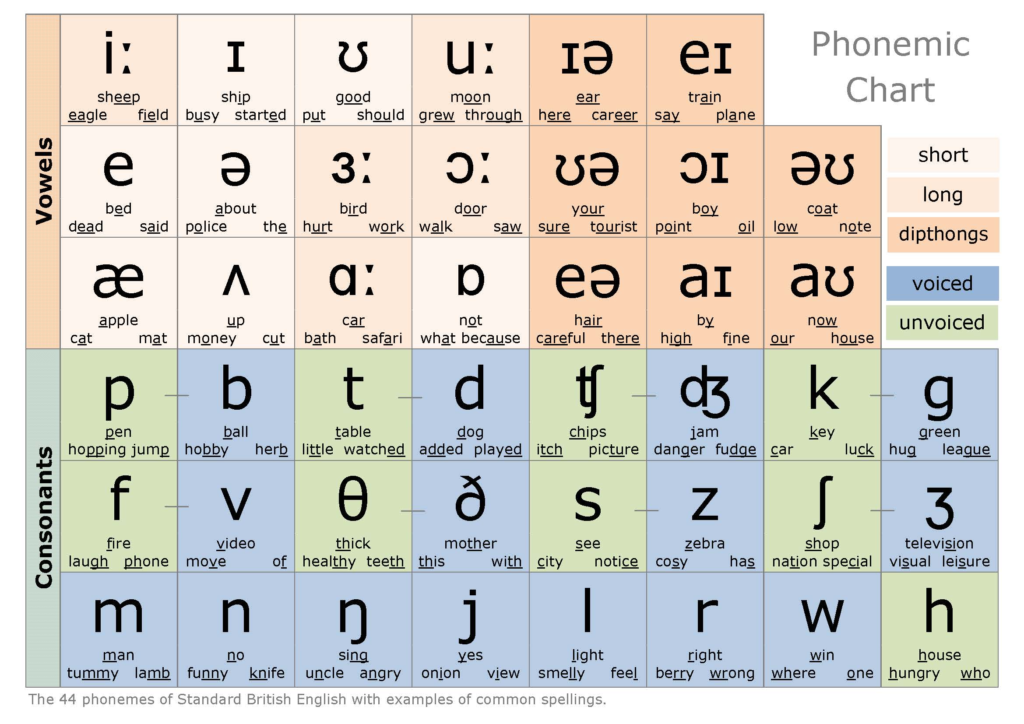
Would you like to download a printable copy of the IPA chart? Please click on the download button below:

Want to expand your vocabulary? Try our free Vocabulary Coach! Explore thousands of fascinating words with audio pronunciation, IPA transcriptions, examples, and real-world usage. Start learning today!

Let’s break down the basics of vowels, consonants, and diphthongs in the International Phonetic Alphabet (IPA):
Vowels:
- Monophthongs:
- i: Represents a high front unrounded vowel (e.g., “see”).
- e: Represents a mid front unrounded vowel (e.g., “met”).
- ɛ: Represents an open-mid front unrounded vowel (e.g., “bet”).
- a: Represents a low front unrounded vowel (e.g., “cat”).
- ɑ: Represents a low back unrounded vowel (e.g., “car”).
- o: Represents a mid back rounded vowel (e.g., “go”).
- ɔ: Represents an open-mid back rounded vowel (e.g., “thought”).
- u: Represents a high back rounded vowel (e.g., “blue”).
- ʊ: Represents a near-close near-back rounded vowel (e.g., “put”).
- ə: Represents a mid-central vowel (schwa) often found in unstressed syllables (e.g., “sofa”).
Diphthongs in British English (IPA)
Diphthongs are vowel sounds that glide from one position to another within the same syllable. Unlike monophthongs, which have a single, steady sound, diphthongs involve a smooth transition between two vowel sounds.
List of English Diphthongs & Their Transitions
1️⃣ /eɪ/ – face, name, rain
🔹 Transition: Mid front unrounded vowel → Near-close near-front unrounded vowel
🔹 Example Words: day, say, play
🔹 Phonetic Breakdown: Starts as /e/ (like in bet) and moves towards /ɪ/ (like in bit).
2️⃣ /aɪ/ – time, eye, fly
🔹 Transition: Open front unrounded vowel → Near-close near-front unrounded vowel
🔹 Example Words: high, light, ride
🔹 Phonetic Breakdown: Begins with /a/ (like in cat) and glides towards /ɪ/ (like in bit).
3️⃣ /ɔɪ/ – boy, toy, coin
🔹 Transition: Open-mid back rounded vowel → Near-close near-front rounded vowel
🔹 Example Words: voice, choice, enjoy
🔹 Phonetic Breakdown: Starts as /ɔ/ (like in thought) and moves towards /ɪ/ (like in bit).
4️⃣ /aʊ/ – house, now, cow
🔹 Transition: Open front unrounded vowel → Near-close near-back rounded vowel
🔹 Example Words: out, about, cloud
🔹 Phonetic Breakdown: Begins with /a/ (like in cat) and glides towards /ʊ/ (like in book).
5️⃣ /əʊ/ (UK) or /oʊ/ (US) – go, home, no
🔹 Transition: Mid central vowel → Near-close near-back rounded vowel
🔹 Example Words: so, though, open
🔹 Phonetic Breakdown: Starts as /ə/ (schwa, like in sofa) and moves towards /ʊ/ (like in book).
6️⃣ /ɪə/ – here, idea, fierce
🔹 Transition: Near-close near-front unrounded vowel → Mid central vowel
🔹 Example Words: clear, fear, theatre
🔹 Phonetic Breakdown: Begins as /ɪ/ (like in bit) and glides towards /ə/ (like in sofa).
7️⃣ /eə/ – air, care, fair
🔹 Transition: Mid front unrounded vowel → Mid central vowel
🔹 Example Words: bear, stare, hair
🔹 Phonetic Breakdown: Starts as /e/ (like in bet) and glides towards /ə/ (like in sofa).
8️⃣ /ʊə/ – pure, tour, cure (less common in modern accents)
🔹 Transition: Near-close near-back rounded vowel → Mid central vowel
🔹 Example Words: sure, jury, secure
🔹 Phonetic Breakdown: Begins as /ʊ/ (like in book) and moves towards /ə/ (like in sofa).
Key Facts About Diphthongs:
📌 Single Phoneme: Even though they contain two vowel sounds, diphthongs function as one phoneme in speech.
📌 Gliding Sound: The tongue moves smoothly from the first vowel position to the second within the same syllable.
📌 British vs. American Differences: Some diphthongs, like /əʊ/ (UK) and /oʊ/ (US), vary between accents.
💡 Want to hear these sounds? 🎧 Tap each phoneme on our Interactive IPA Chart to listen and perfect your pronunciation! 🚀
Consonants:
Place of Articulation:
- Bilabials:
- p: Voiceless bilabial plosive (e.g., “pat”).
- b: Voiced bilabial plosive (e.g., “bat”).
- m: Voiced bilabial nasal (e.g., “mat”).
- Labiodentals:
- f: Voiceless labiodental fricative (e.g., “fit”).
- v: Voiced labiodental fricative (e.g., “vat”).
- Interdentals:
- θ: Voiceless interdental fricative (e.g., “think”).
- ð: Voiced interdental fricative (e.g., “this”).
- Alveolars:
- t: Voiceless alveolar plosive (e.g., “top”).
- d: Voiced alveolar plosive (e.g., “dog”).
- n: Voiced alveolar nasal (e.g., “net”).
- Post-Alveolar:
- ʃ: Voiceless postalveolar fricative (e.g., “she”).
- ʒ: Voiced postalveolar fricative (e.g., “measure”).
- tʃ: Voiceless postalveolar affricate (e.g., “chop”).
- dʒ: Voiced postalveolar affricate (e.g., “judge”).
- Retroflex:
- ɹ: Voiced retroflex approximant (e.g., “red”).
- Palatals:
- j: Voiced palatal approximant (e.g., “yes”).
- ʎ: Voiced palatal lateral approximant (e.g., found in some dialects).
- Velar:
- k: Voiceless velar plosive (e.g., “cat”).
- g: Voiced velar plosive (e.g., “go”).
- ŋ: Voiced velar nasal (e.g., “sing”).
- Glottals:
- h: Voiceless glottal fricative (e.g., “hat”).
Understanding these symbols will enable you to transcribe and understand the sounds of various languages using the International Phonetic Alphabet. Feel free to refer to this comprehensive guide for accurate pronunciation representation.
🗣️ Think you’re saying it right? Watch this video and check your pronunciation! 🎥🔊
Join Lifestyle Training Centre today and master your English pronunciation. 📱 Call/WhatsApp/Text us at: +91 9886926773
FAQ for International Phonetic Alphabet (IPA) – Improve Your Pronunciation
1. What is the International Phonetic Alphabet (IPA)?
The International Phonetic Alphabet (IPA) is a universal system that accurately represents the sounds of spoken language. It helps learners master pronunciation by using standard phonetic symbols. Explore the IPA chart with sounds and examples on Vocabulary Coach to enhance your learning.
2. How can the IPA help me improve my English pronunciation?
By learning IPA symbols, you can accurately pronounce words without relying on inconsistent English spelling. Our interactive IPA chart provides clear examples and audio pronunciations to help you practice like a native speaker.
3. Where can I find a complete IPA chart with sounds?
You can access a comprehensive IPA chart with sounds and real-word examples directly on our website: Vocabulary Coach IPA Guide. This tool is perfect for learners who want to master phonetic transcription.
4. How many phonetic symbols are used in English?
English has around 44 phonemes, including vowels, consonants, and diphthongs. Our IPA chart on Vocabulary Coach categorises them with audio examples to make learning easy.
5. Why should I learn IPA instead of just reading English words?
English spelling can be misleading, with the same letters representing different sounds (e.g., “cough” vs “though”). IPA provides a clear and consistent way to pronounce words correctly, making it essential for learners.
6. Is the IPA useful for other languages?
Yes! The IPA is a universal phonetic system used for all languages, not just English. If you’re learning multiple languages, our IPA chart can help you understand pronunciation across different linguistic systems.
7. Can beginners use the IPA, or is it only for linguists?
Absolutely! Our IPA guide is designed for all learners—from beginners to advanced speakers. Visit Vocabulary Coach to start improving your pronunciation today with interactive learning tools.
8. Does Lifestyle Training Centre provide phonetics training?
Yes! At Lifestyle Training Centre, we cover in-depth IPA training as part of our fluency classes. Our courses help learners master pronunciation, speech clarity, and accent refinement using phonetics.
Free admission and English Courses. കാശ് കൊടുക്കാതെ അഡ്മിഷൻ. FREE ഇഗ്ലീഷ് കോഴ്സുകൾ. ഈ ഓഫർ നേടൂ. Contact us at +91 9886926773 പ്രോസസ്സിംഗ് ആയാസകരം.

New batch is open. Join today!
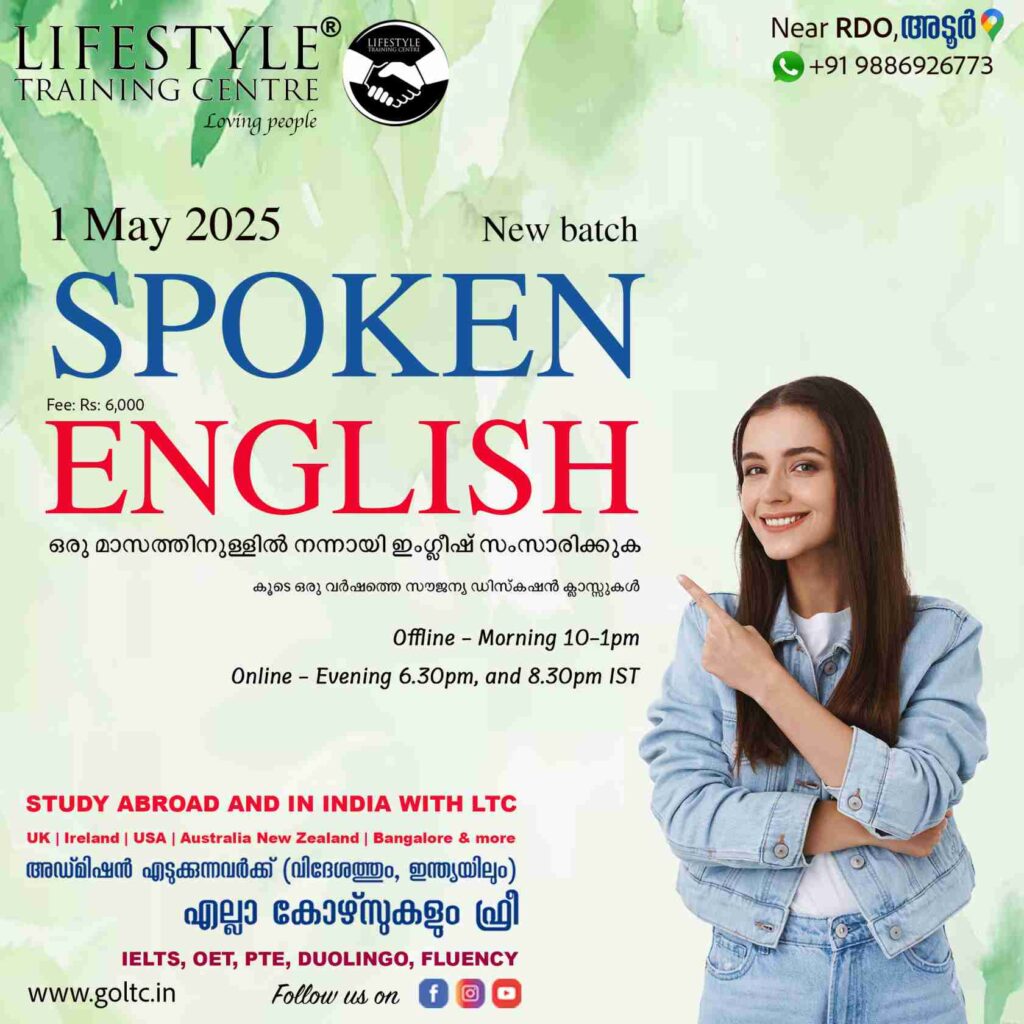
Ready to study abroad or master OET, PTE, IELTS, Duolingo, Phonetics, or Spoken English?
📞 Call us now at +91 9886926773
📱 Call/WhatsApp/Text: +91 9886926773
📧 Email: mail@goltc.in
Visit us in person by following the directions on Google Maps. We look forward to welcoming you to the Lifestyle Training Centre.
Follow Lifestyle Training Centre on social media:
Thank you very much!
